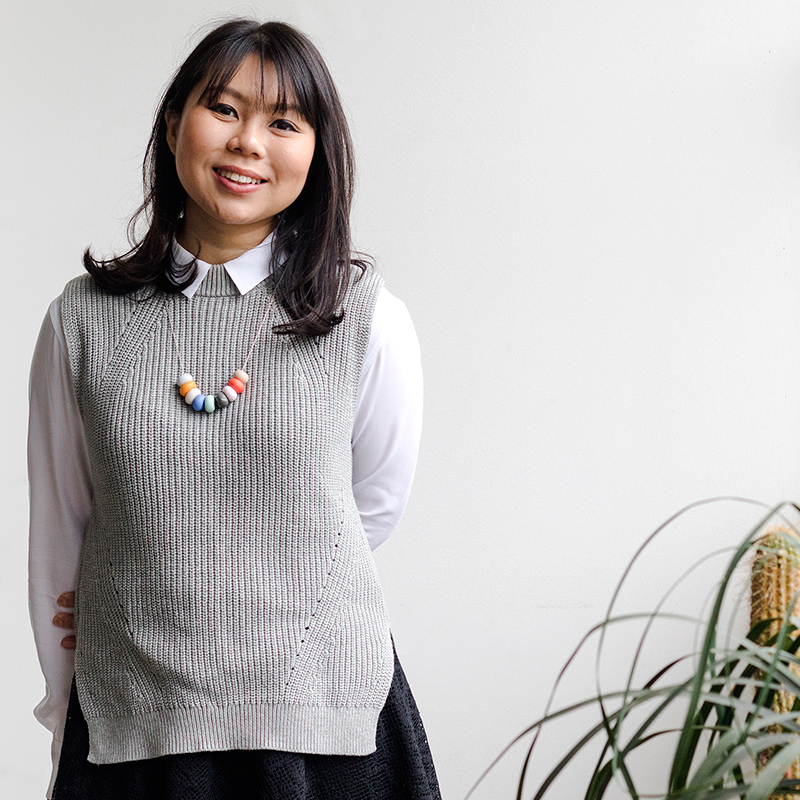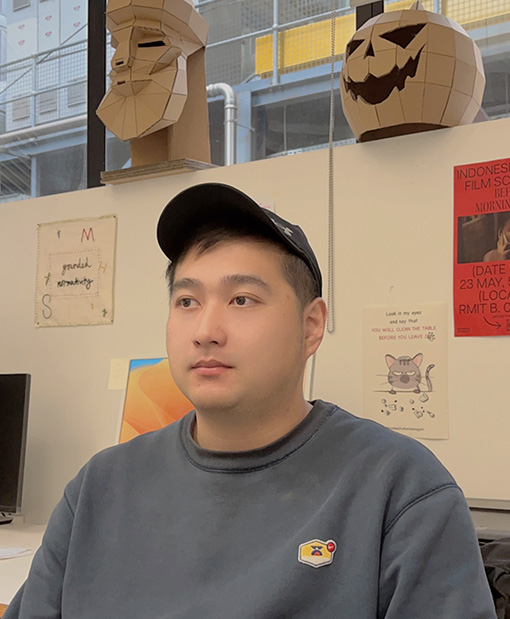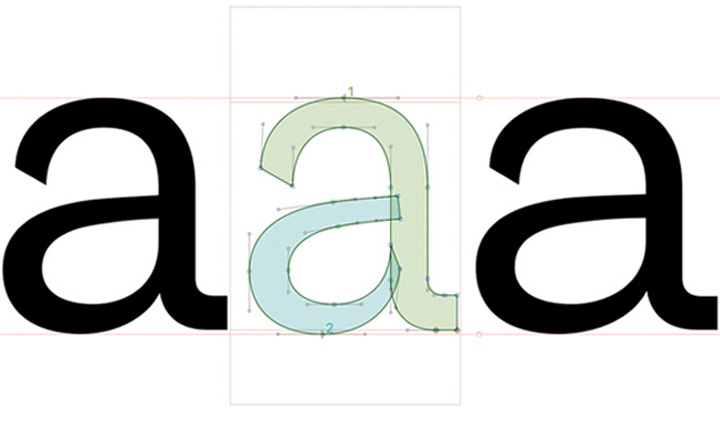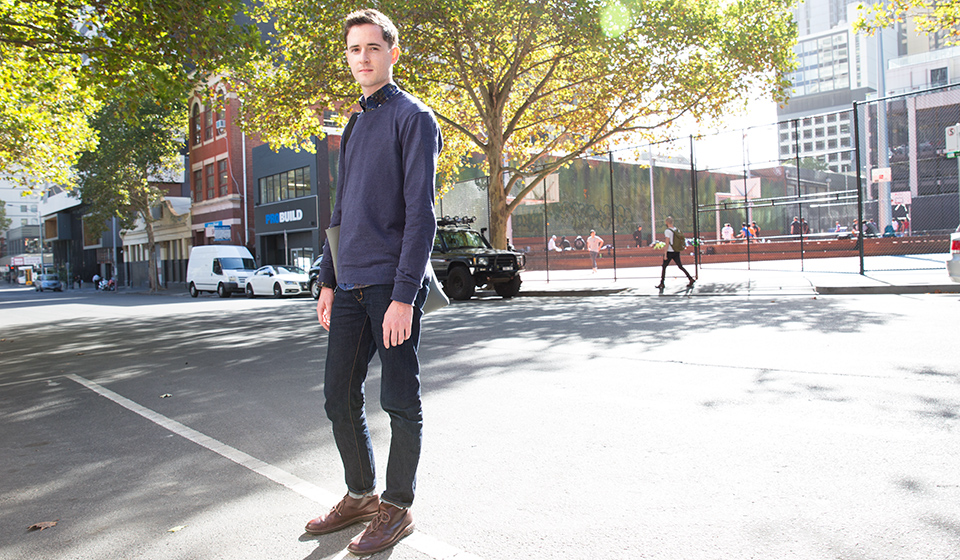Provide a folio of 15 to 30 pieces of your work. Your folio should be communication design focused, although it may contain a variety of work including, art, design or media work that demonstrates the breadth of your interests and expertise, as well as your conceptual and technical skills.
For example, your folio may include: drawings, paintings, graphic design, photographs, motion graphics, digital images, models, sculpture, video, interactive media, games, websites, short writing pieces, 2D and 3D animation, and/or reports. In addition to your finished work, you may include your development work.
You should provide an explanation of each work including its purpose and background. If your work is a collaboration, please also detail precisely your role and the role of your collaborator/s (maximum 200 words).




